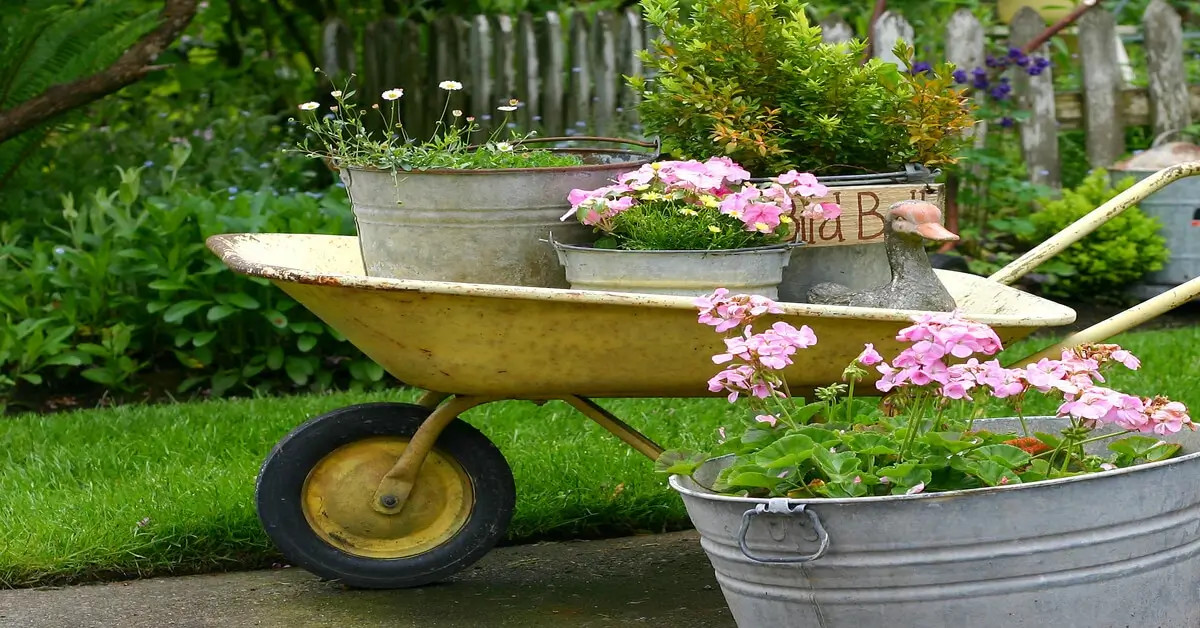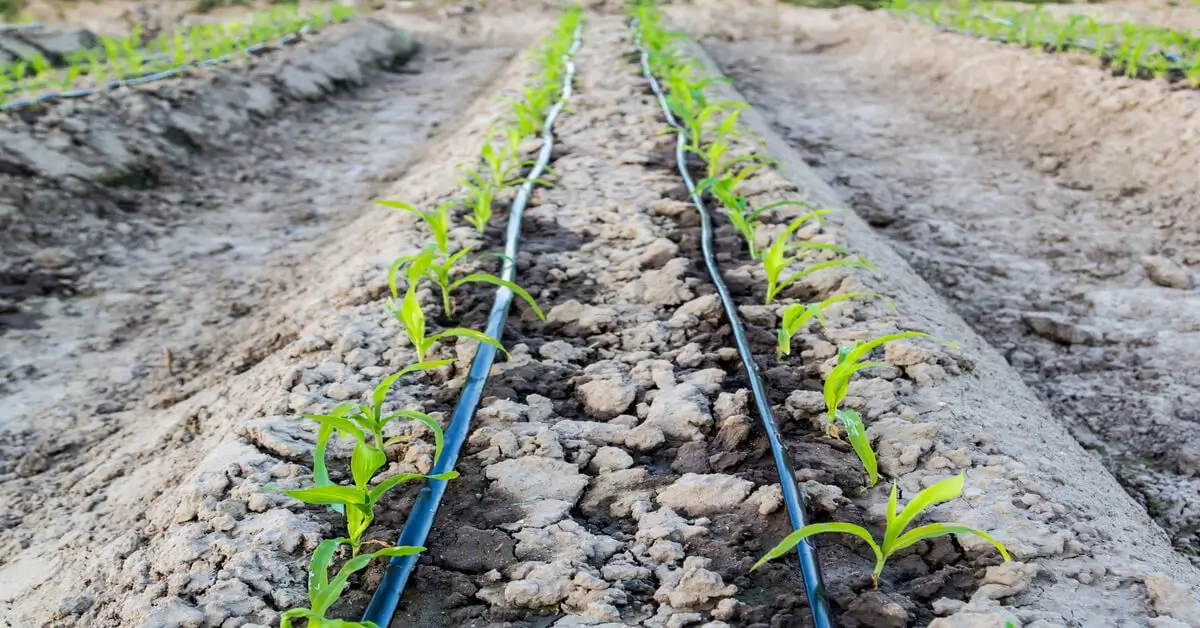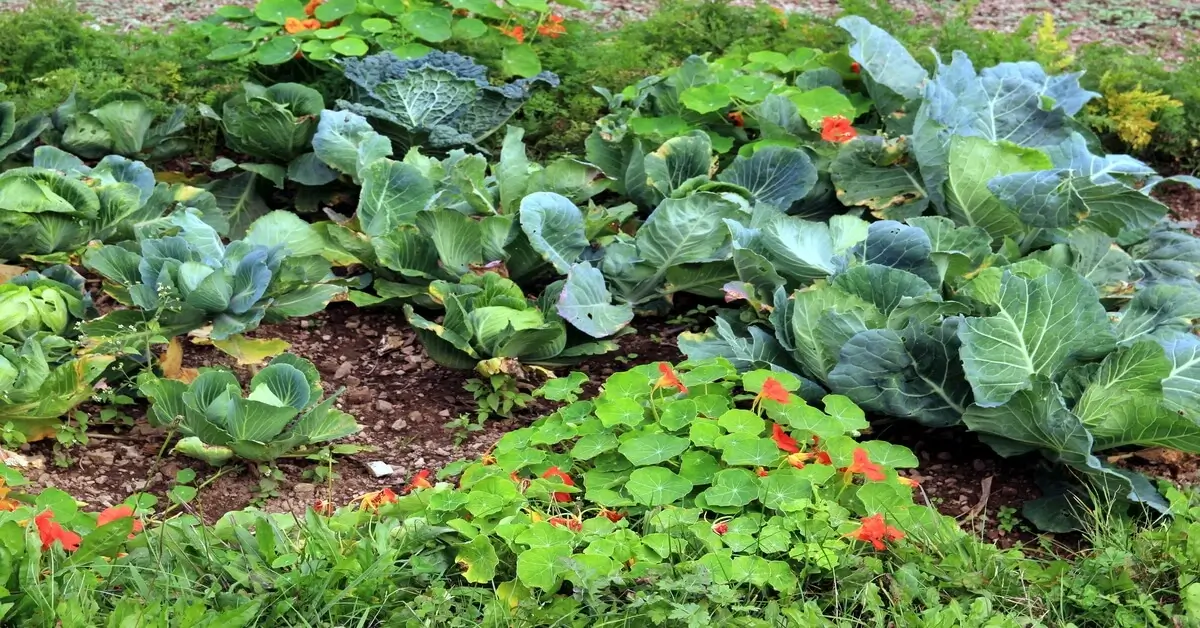
In recent years, the movement toward sustainable gardening has gained significant momentum as more individuals seek to create eco-friendly environments while cultivating their gardens. Whether working with limited urban spaces or vast backyards, gardeners are increasingly adopting practices that not only nurture their plants but also reduce their ecological footprint. This report outlines the top eco-friendly gardening practices based on comprehensive sources.
Embracing Native Plants

One foundational practice for sustainable gardening is the incorporation of native plants. These plants are naturally adapted to local climates and ecosystems, requiring less water and maintenance compared to non-native varieties. By choosing native species, gardeners can support local wildlife, including pollinators such as bees and butterflies. This enhances biodiversity and fosters a healthier ecosystem within the garden itself[3][6][11].
Benefits of Biodiversity
Biodiverse gardens that feature a variety of plant species can better support local wildlife, creating a balanced ecosystem. This includes the strategic planting of flowers that attract beneficial insects, which in turn assist in pollination and pest control[10]. By making eco-friendly choices about plants, gardeners effectively reduce their reliance on chemical pesticides, promoting a healthier environment[8].
Water Conservation Techniques

Water conservation is another critical aspect of eco-friendly gardening. Traditional gardening methods often lead to substantial water waste, but sustainable practices can significantly mitigate this issue. Techniques such as installing rain barrels for water collection, using drip irrigation systems, and selecting drought-tolerant plants are effective strategies to conserve water[2][5][11].
Using a watering can instead of a hose for irrigation allows for more targeted and economical use of water, helping to prevent over-watering and ensuring that plants receive adequate moisture[7]. Additionally, mulching can help retain soil moisture, which is vital during dry spells.
Organic Gardening Methods

Shifting away from synthetic fertilizers and pesticides towards organic alternatives is another essential practice. Organic gardening not only enhances soil health but also reduces the negative environmental impacts associated with the production and use of chemical fertilizers[2][4][10]. Composting kitchen scraps, garden waste, and other organic materials is a sustainable way to create nutrient-rich soil while minimizing waste sent to landfills[4][10].
Natural Pest Management

Integrated pest management (IPM) techniques allow gardeners to control pests naturally. Companion planting, where compatible plants are grown together to enhance growth and repel pests, is a recommended strategy. For instance, planting marigolds near vegetables can deter harmful insects while attracting beneficial ones[4][10]. Additionally, natural remedies such as soapy water or garlic spray can effectively manage pests without harming the ecosystem[6][9].
Reducing Waste and Reusing Materials

Eco-friendly gardening practices also involve minimizing waste and utilizing materials creatively. Gardeners are encouraged to collect fallen leaves for compost, repurpose old containers for planting, and avoid single-use plastics[7][11]. By reusing and recycling materials, gardeners can reduce their environmental impact while also infusing unique touches into their spaces.
Sustainable Gardening Technologies
Technological advancements have made it easier than ever to maintain sustainable gardens. Smart tools such as automated watering systems that adjust based on weather data can optimize water usage and ensure healthy plant growth[11]. Integrating technology not only simplifies gardening tasks but also aids in monitoring soil health and moisture levels, allowing for informed decision-making[6].
Community Engagement and Support
Encouraging community engagement through initiatives like community gardens can enhance food security and fellowship among neighbors. These communal spaces allow individuals to grow food together, share resources, and promote sustainability on a larger scale. Engaging with local gardening groups or participating in seed exchange programs can also foster a sense of community and encourage the sharing of knowledge related to sustainable gardening practices[3][5].
Conclusion: A Collective Effort Towards Sustainability
Adopting these eco-friendly practices is not merely a personal endeavor; it represents a collective effort to protect our environment. By prioritizing native plants, conserving water, utilizing organic methods, reducing waste, and embracing technological innovations, gardeners can significantly contribute to ecological health and well-being. As more people adopt sustainable gardening techniques, the cumulative impact will pave the way for a greener future.
With the right practices and community support, every gardener can create a flourishing outdoor space that aligns with environmental goals while reaping the benefits of a vibrant and productive garden.
Get more accurate answers with Super Pandi, upload files, personalized discovery feed, save searches and contribute to the PandiPedia.
Let's look at alternatives:
- Modify the query.
- Start a new thread.
- Remove sources (if manually added).